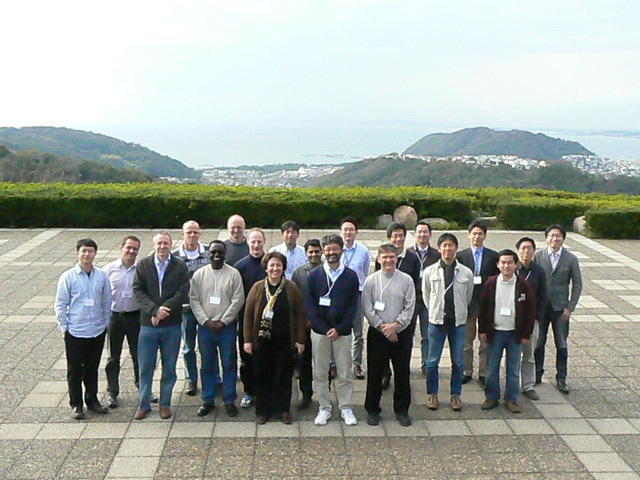NO.002 The Future of Multimedia Analysis and Mining
November 3 - 6, 2012 (Check-in: November 2, 2012 )
Organizers
- Shin’ichi Satoh
- National Institute of Informatics, Japan)
- Nozha Boujemaa
- INRIA, France
- Alexander G. Hauptmann
- Carnegie Mellon University, USA

Overview
Recent explosive growth of the amount of accessible multimedia information requires far more intelligent access to multimedia data.? Multimedia analysis and mining play a key role to address this problem.? For instance, multimedia analysis enables semantic access to multimedia information at any description level and for any applications or needs, even though the original multimedia data may not have any prior semantic annotation.? Multimedia mining helps to provide high-level semantic and structural information to expose key information within a large-scale multimedia database.? However, the development of such technologies is often severely limited due to the famous “Semantic Gap” in multimedia content analysis.? This is well-known as a supremely difficult issue that is very hard to overcome.
On the other hand, researchers in this field now have access to far more computational resources thanks to recent developments in GPU use, multi-core technologies or the availability of cloud computing, as well as far more data resources thanks to the explosive growth of available multimedia data especially via Web.? Several research projects have already begun to take advantage of these points independently.
In this meeting, we aim to discuss recent research trends and their impact on multimedia research? Then we consolidate key research challenges and explore promising new research directions, hopefully toward “bridging the semantic gap.”
Important topics include the following:
– large scale issues (advances and benchmarking)
– Content Mining, search and retrieval
– “Deep understanding” vs “multimedia filtering”,
– Social networks, collaborative tagging,
– Profiling and recommendation
– Content vs context
